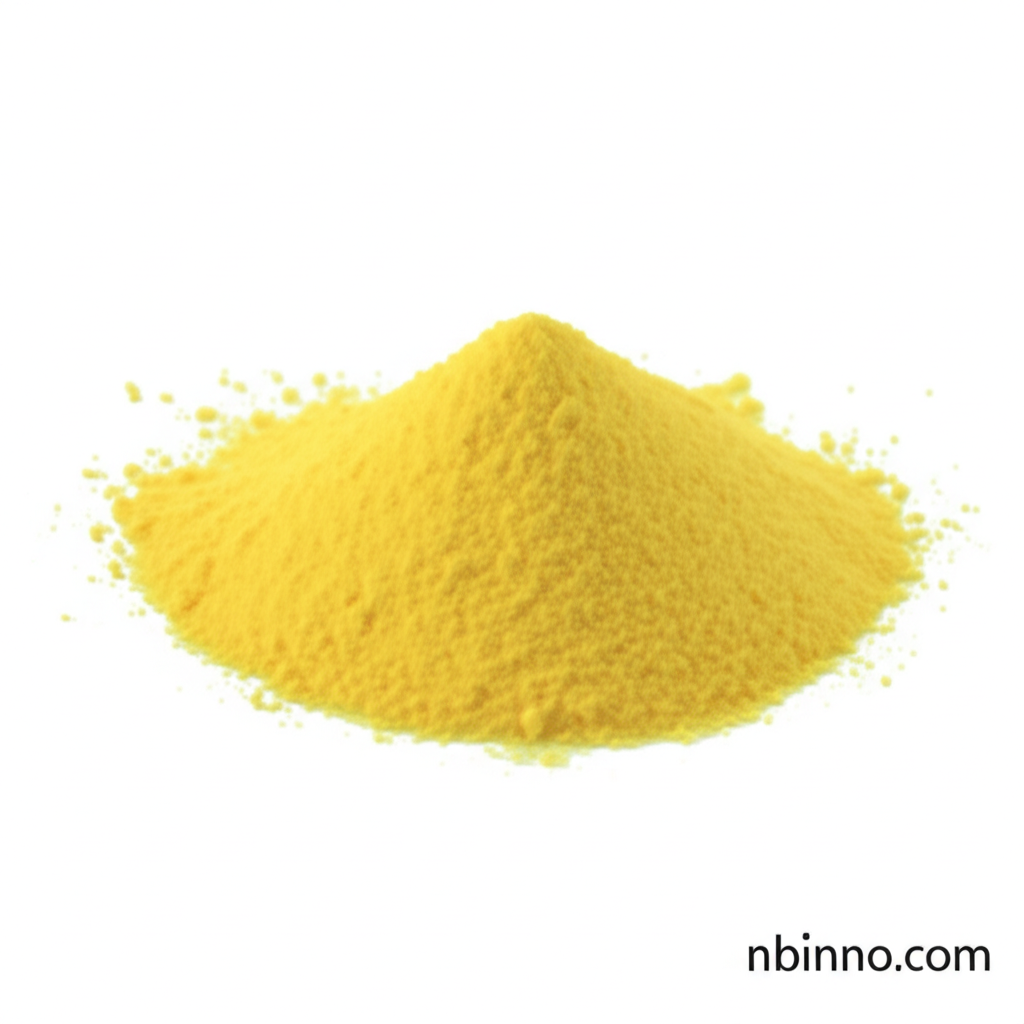2-Bromo-3,5-dimethylpyridine: A Versatile Heterocyclic Building Block for Chemical Synthesis
Unlock new possibilities in organic synthesis with this essential pyridine derivative.
Get a Quote & SampleProduct Core Value

2-Bromo-3,5-dimethylpyridine
As a crucial intermediate in organic synthesis, 2-Bromo-3,5-dimethylpyridine (CAS: 92992-85-3) offers chemists a reliable and versatile tool for constructing complex molecules. Its unique structure, featuring a bromine atom and two methyl groups on a pyridine ring, makes it ideal for a wide range of derivatization reactions, significantly impacting drug discovery and materials science.
- Leverage its unique structure for various derivatization reactions, as indicated by the broad spectrum of chemical synthesis applications for 2-bromo-3,5-dimethylpyridine.
- Source this vital chemical intermediate with confidence, as numerous manufacturers offer high-quality 2-bromo-3,5-dimethylpyridine for your research needs.
- Explore the detailed chemical properties of 3,5-dimethyl-2-bromopyridine, understanding its reactivity and potential uses in your projects.
- Discover the benefits of using 2-bromo-3,5-dimethylpyridine as a building block for creating novel compounds in pharmaceutical and materials science.
Advantages Offered
Versatile Reactivity
The presence of the bromine atom on the pyridine ring allows for diverse coupling reactions, making it a cornerstone for building more complex structures. Explore the possibilities when you buy 2-bromo-3,5-dimethylpyridine online.
High Purity Standards
Suppliers of 2-bromo-3,5-dimethylpyridine typically ensure high purity levels, crucial for reproducible results in sensitive chemical syntheses. This focus on quality supports your research endeavors.
Broad Application Scope
From pharmaceutical intermediates to advanced materials, the uses of 2-bromo-3,5-lutidine are extensive, providing a solid foundation for innovation across chemical disciplines.
Key Applications
Pharmaceutical Intermediates
Utilize 2-bromo-3,5-dimethylpyridine as a key component in synthesizing active pharmaceutical ingredients (APIs), aiding in the development of new therapeutics.
Organic Synthesis Building Block
Its reactive nature makes it an excellent starting material for a wide array of organic transformations, essential for exploring new chemical entities.
Materials Science
The compound can be incorporated into the development of novel materials, including polymers and optoelectronic components, owing to its specific chemical properties.
Research and Development
Essential for academic and industrial research, this pyridine derivative supports fundamental chemical studies and the discovery of new reaction pathways.
